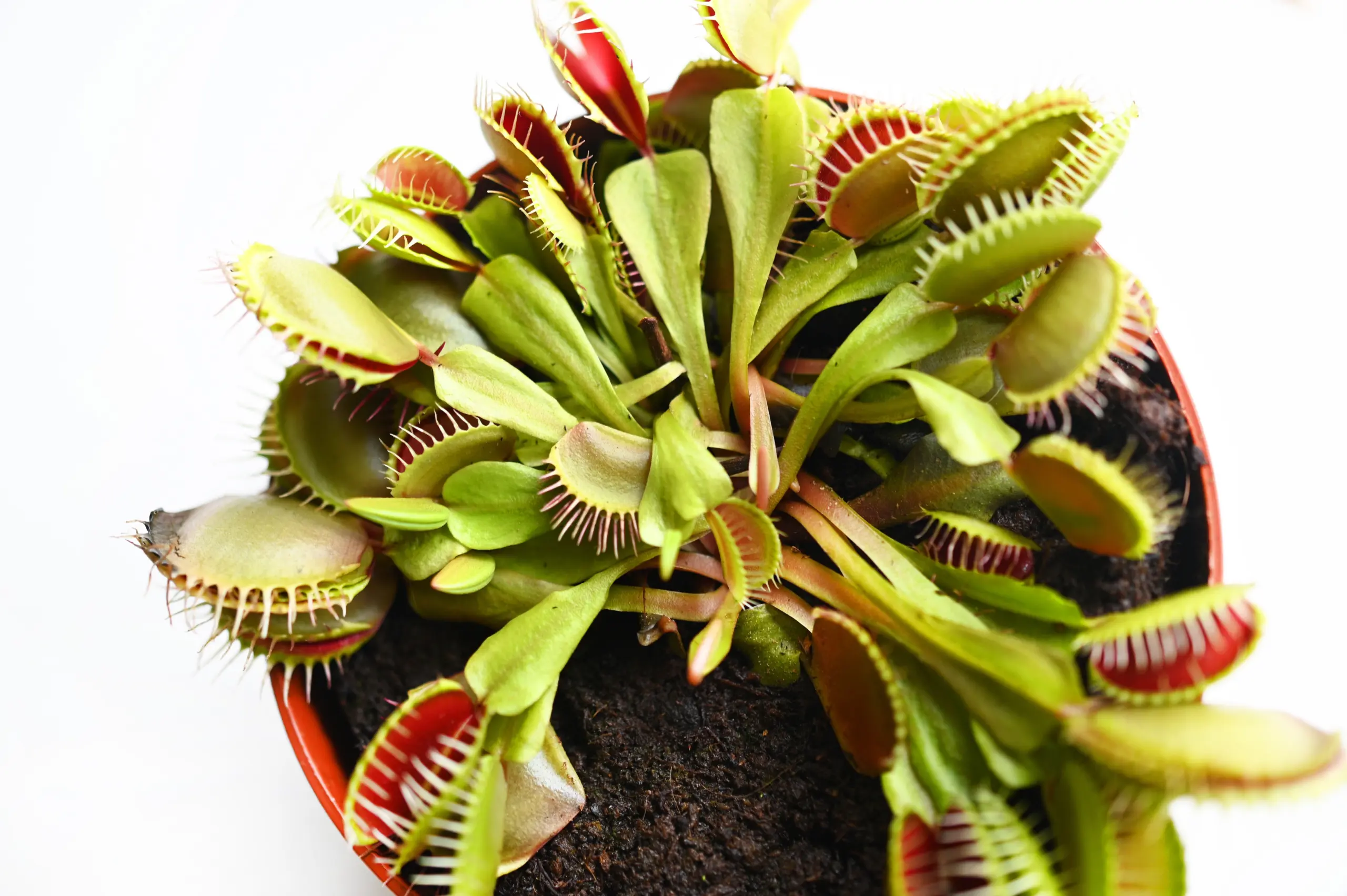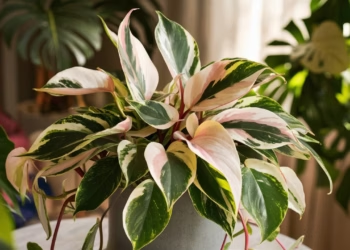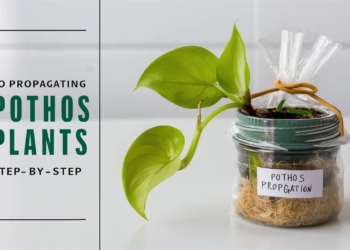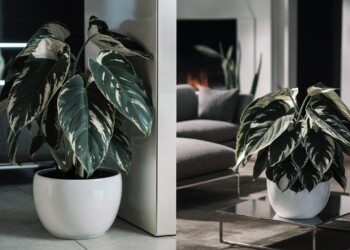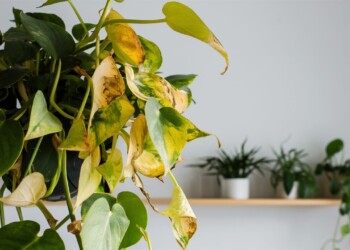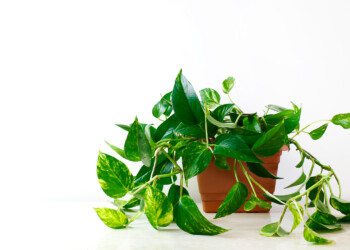So, you’ve got yourself a Venus fly trap! Congratulations, you’ve just adopted one of the most fascinating carnivorous plants out there. But wait, before you dive into the world of Venus fly trap care Venus fly trap indoors, let’s get one thing straight: these little carnivores may seem low-maintenance, but they do require some TLC to thrive indoors.
Are you ready to become a Venus fly trap whisperer? Let’s dive in and explore the ins and outs of Venus fly trap care!
Getting Started: Understanding Your Venus Fly Trap
Before we dive into Venus fly trap care: Everything You Need To maintain Venus fly trap indoors, let’s take a moment to understand what makes these plants tick.
- What Are Venus Fly Traps?
- Venus fly traps (Dionaea muscipula) are carnivorous plants native to the bogs of North and South Carolina.
- They have distinctive “traps” that snap shut when triggered by prey, primarily insects.
- Why Keep Venus Fly Traps Indoors?
- Indoor Venus fly traps make unique and intriguing houseplants.
- They help control indoor insect populations naturally.
- Common Mistakes to Avoid
- Overfeeding: Venus fly traps don’t need to eat as often as you might think.
- Using Tap Water: They prefer distilled or rainwater due to their sensitivity to minerals.

Venus Fly Trap Care
1. Watering
Watering your Venus fly trap is essential for its well-being, but it’s crucial to do it right!
- How Much Water?
- Venus fly traps like their soil to be moist but not waterlogged.
- Water them with distilled or rainwater to avoid mineral build-up in the soil.
- When to Water?
- Water your Venus fly trap when the top layer of soil feels dry to the touch.
- Avoid letting the soil completely dry out, but also don’t keep it constantly soggy.

2. Lighting
Proper lighting is key to keeping your Venus fly trap healthy and happy indoors!
- Ideal Lighting Conditions
- Venus fly traps thrive in bright, indirect sunlight.
- Place them near a south or west-facing window where they can get plenty of light.
- Supplemental Lighting
- If you don’t have enough natural light, consider using a grow light to supplement.
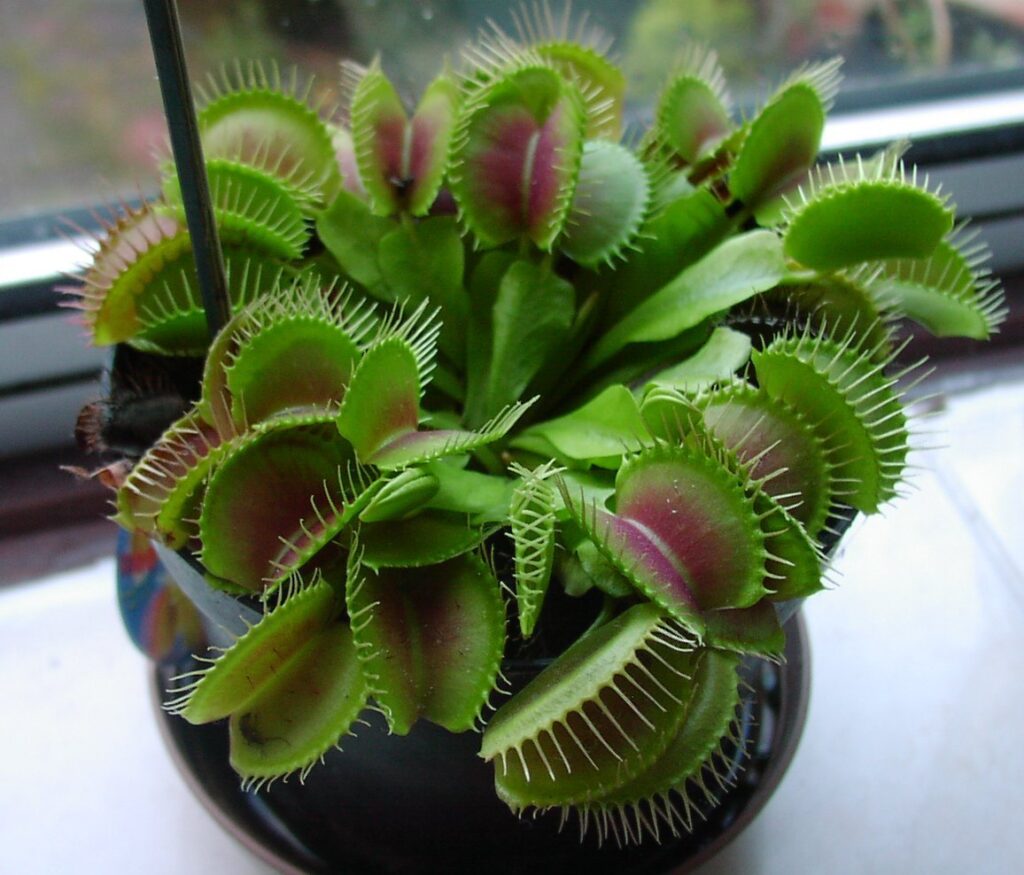
3. How Do I Feed A Venus Fly Trap
Feeding your Venus fly trap is where things get interesting!
- What to Feed?
- Venus fly traps primarily feed on insects, such as flies, spiders, and ants.
- Avoid feeding them human food or anything too large for their traps to handle.
- How Often to Feed?
- Feed your Venus fly trap about once every 2-4 weeks during the growing season.
- They can survive without feeding for extended periods, so don’t worry if you skip a meal.

4. Soil
Choosing the right soil is crucial for Venus fly trap care: Everything You Need To maintain Venus fly trap indoors!
- Soil Mix
- Use a well-draining soil mix specifically formulated for carnivorous plants.
- Avoid soils that contain fertilizers or minerals, as these can harm your Venus fly trap.
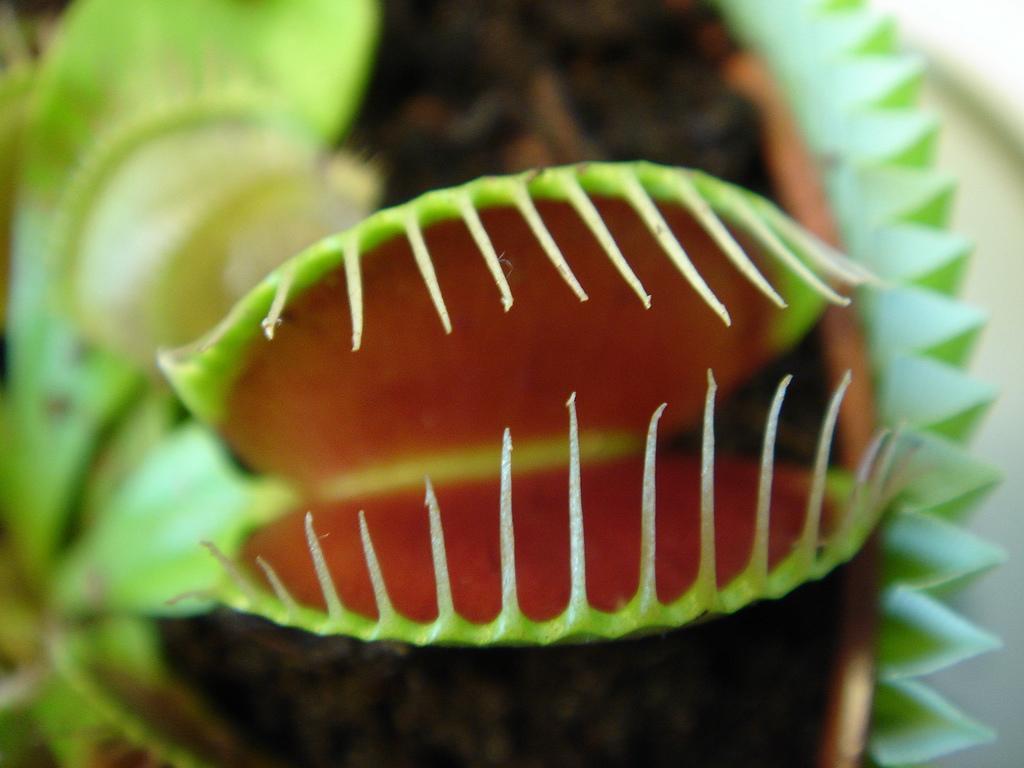
5. Humidity
Venus fly traps thrive in humid environments, so it’s essential to keep the air around them moist!
- Increasing Humidity
- Place your Venus fly trap on a tray filled with pebbles and water to increase humidity.
- You can also use a humidifier to maintain optimal humidity levels.
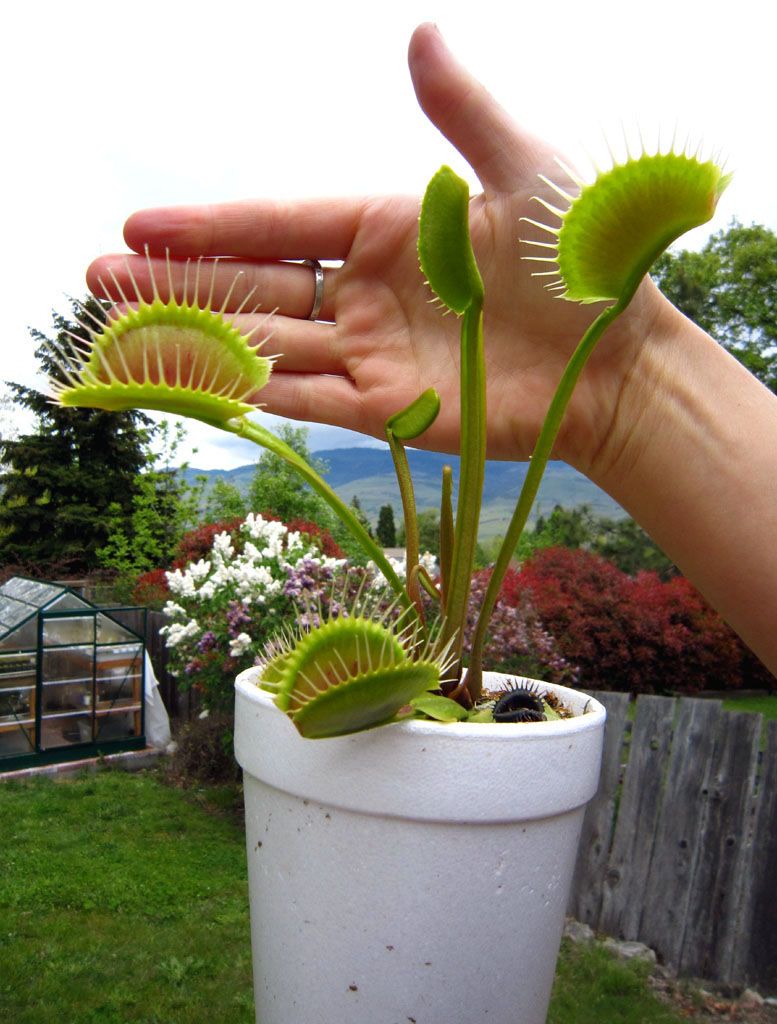
Seasonal Care Tips
Spring and Summer
During the active growing season, which typically spans from spring to early autumn, your Venus Flytrap will be in a phase of robust growth. Ensure that the plant remains well-watered and receives ample sunlight during this period to support healthy photosynthesis and trap function.
Autumn and Winter
As temperatures begin to drop in autumn, your Venus Flytrap will enter a period of dormancy. While its growth may slow or cease altogether, it is essential to continue providing adequate moisture to prevent the soil from drying out completely. In winter, when growth is minimal, maintain a slightly drier soil environment while still ensuring that the plant remains hydrated.
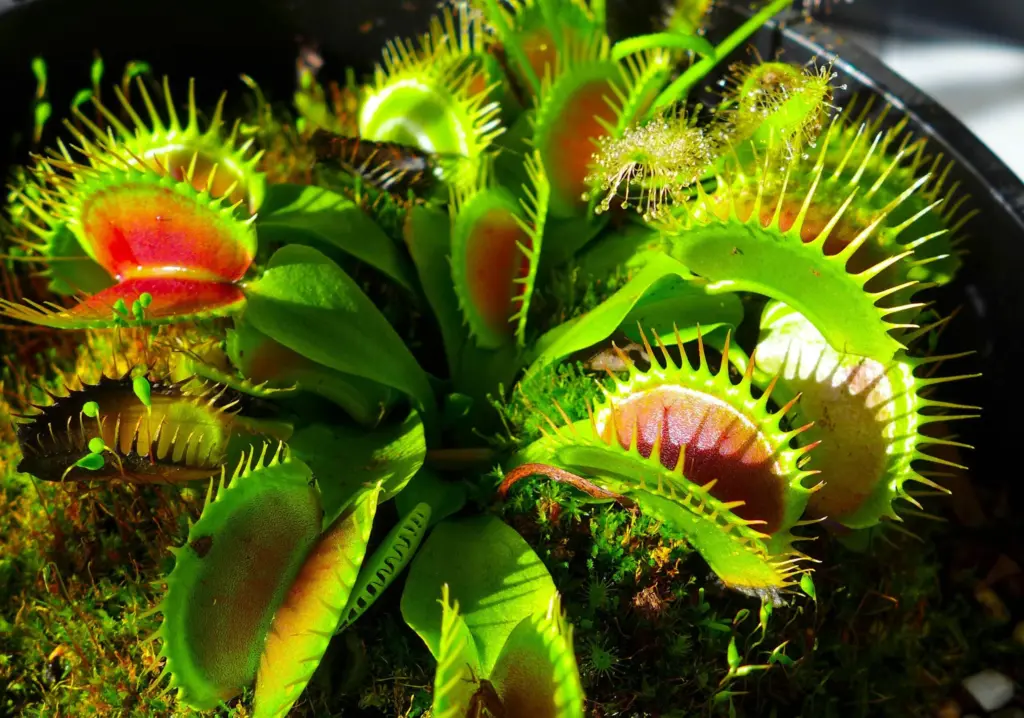
Additional Tips for Success
- Pruning: Removing spent or damaged leaves can promote airflow and prevent fungal infections.
- Avoid Overfeeding: While feeding your Venus Flytrap is beneficial, overfeeding can lead to digestive issues and weaken the plant.
- Winter Protection: If you live in a colder climate, consider providing additional insulation or bringing your Venus Flytrap indoors during the winter months to protect it from freezing temperatures.
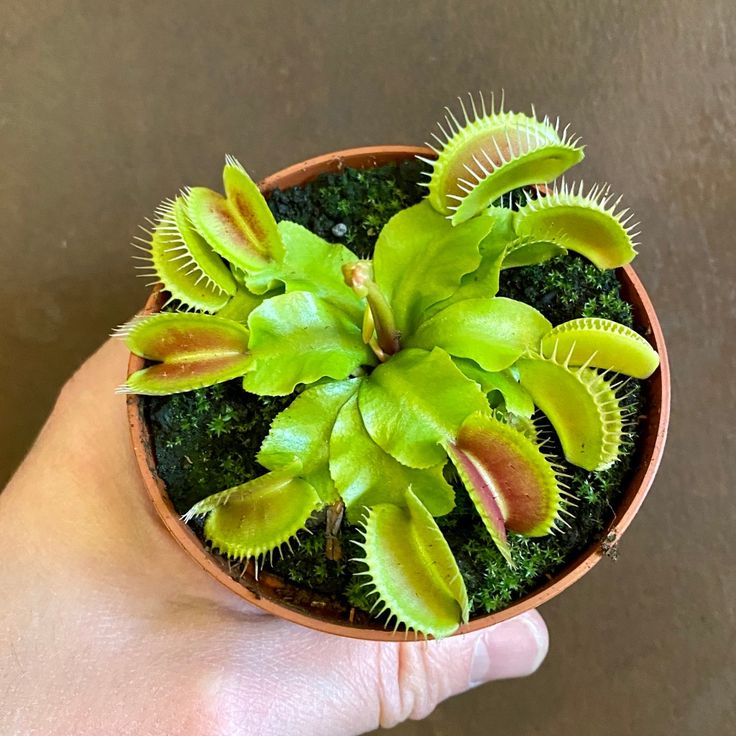
Congratulations! You’re now equipped with all the knowledge you need for Venus fly trap care. Remember, while Venus fly traps may seem exotic, with the right care and attention, they can thrive indoors and provide you with endless fascination and insect control. So go ahead, put your green thumb to the test, and watch your Venus fly trap flourish!
FAQs
How hard is it to keep a Venus flytrap alive?
Keeping a Venus flytrap alive can be moderately challenging due to its specific care requirements. While they are hardy plants, they require high humidity, acidic soil, and a lot of direct sunlight. Additionally, they need to be watered with distilled water or rainwater, as tap water can harm them due to its mineral content. However, with proper care and attention to their needs, Venus flytraps can thrive.
How do you care for Venus flytraps indoors?
To care for Venus flytraps indoors, provide them with plenty of direct sunlight, ideally for at least six hours a day. Keep their soil moist at all times with distilled or rainwater, and maintain high humidity levels by placing the plant on a tray filled with water and pebbles. Avoid using fertilizers, tap water, or mineral-rich soil, as these can harm the plant. Additionally, Venus flytraps may benefit from occasional feeding with live insects.
Can you feed a Venus flytrap dead bugs?
No, it is not recommended to feed dead bugs to a Venus flytrap. Venus flytraps are adapted to capturing live prey using their specialized traps. While they may occasionally digest small, live insects, they rely on the movement of their prey to trigger the trap mechanism. Feeding dead bugs to a Venus flytrap can potentially lead to the traps remaining closed for extended periods, which may hinder the plant’s ability to photosynthesize and can result in the decay of the trap.
How do I keep my Venus flytrap healthy?
To keep your Venus flytrap healthy, ensure it receives ample sunlight, maintains high humidity, and is watered with distilled or rainwater. Avoid using fertilizers or tap water, as these can harm the plant. Additionally, provide occasional feeding with live insects to supplement its nutritional needs. Remove any dead or decaying traps to prevent fungal infections and promote new growth.
What happens if a Venus flytrap eats a dead fly?
If a Venus flytrap eats a dead fly, the trap may remain closed for an extended period without digestion occurring. Unlike live prey, dead insects do not trigger the trap’s digestive enzymes efficiently. As a result, the trap may reopen without fully digesting the dead fly, leading to potential decay and fungal growth within the trap. It’s best to provide live prey to ensure effective digestion and trap function.
What is the biggest thing a Venus flytrap can eat?
Venus flytraps are capable of capturing and digesting insects that are small to medium in size. While they primarily feed on small insects like flies, gnats, and ants, they can also consume larger prey such as spiders, beetles, and grasshoppers. However, the size of the prey should not exceed about one-third of the size of the trap, as larger prey may damage or overwhelm the trap, hindering its ability to digest effectively.
